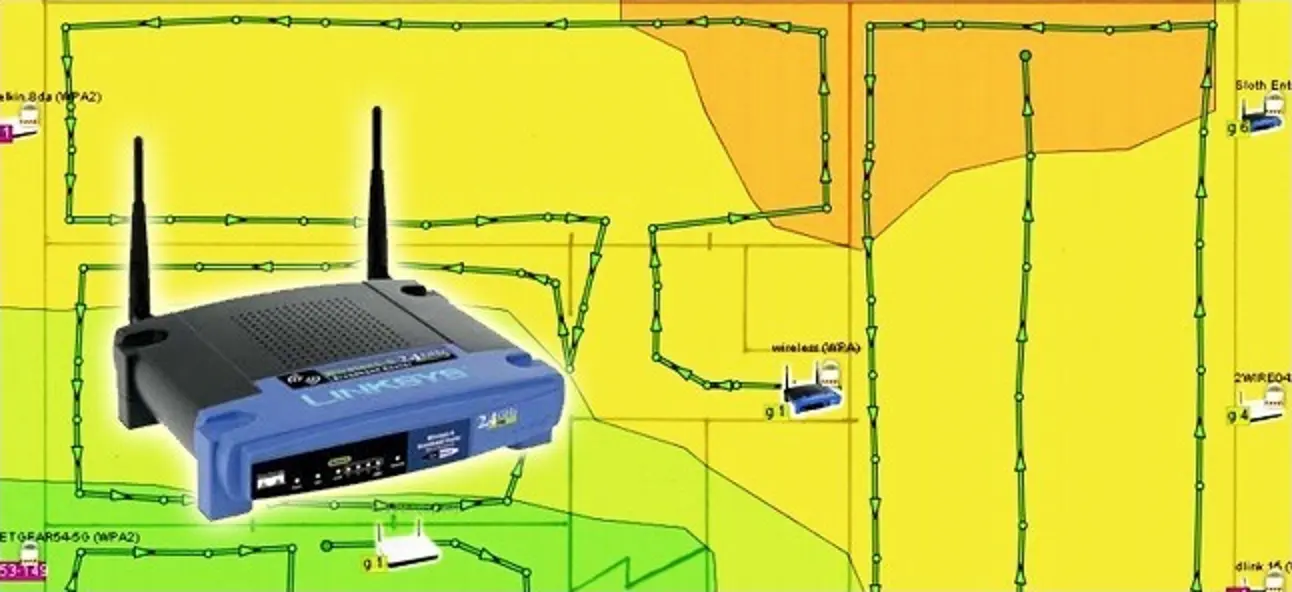In today’s fast-paced and connected world, wireless connectivity has become an integral part of our daily lives, both at home and in businesses. From remote work and online learning to streaming entertainment and smart home devices, WiFi has become a lifeline for staying connected and accessing information. However, ensuring reliable and high-performance WiFi connectivity can be a challenge, especially in densely populated areas like Toronto, where interference from neighboring networks, signal strength variations, and dead zones can impact the overall wireless experience. This is where WiFi heatmaps come in as a game-changer for Toronto’s wireless connectivity.
WiFi heatmaps are powerful tools that provide visual representations of the wireless signal strength and coverage in a given area. They allow users to create maps or floor plans that depict the strength of WiFi signals, helping identify areas with strong or weak signals, locate dead zones, and optimize the placement of WiFi access points (APs) or routers for optimal coverage. WiFi heatmaps can be created using specialized software or mobile apps that collect data on WiFi signal strength and map it onto a visual layout, providing valuable insights into the performance of the WiFi network.
One of the main game-changing aspects of WiFi heatmaps is their ability to help businesses in Toronto optimize their WiFi networks for improved performance. Reliable and high-performance WiFi is crucial for businesses to provide a seamless and productive experience for employees, customers, and guests. WiFi heatmaps can help businesses identify areas with poor coverage, interference, or signal strength variations, and optimize AP placement accordingly. This can result in consistent and reliable WiFi connectivity throughout the premises, from offices and conference rooms to public areas and guest rooms in hotels. A well-optimized WiFi network can enhance productivity, customer satisfaction, and overall business operations, making WiFi heatmaps a valuable tool for businesses in Toronto.
Moreover, WiFi heatmaps can be particularly beneficial for businesses that rely on wireless devices or IoT (Internet of Things) devices. Many businesses use wireless devices such as tablets, barcode scanners, and smart devices for various operations. WiFi heatmaps can help businesses identify areas with weak signals or interference, which can impact the performance of these devices. By optimizing AP placement based on the insights provided by WiFi heatmaps, businesses can ensure reliable and seamless connectivity for these devices, leading to improved operational efficiency and reduced downtime.
WiFi heatmaps can also be a game-changer for homeowners in Toronto. With the increasing number of connected devices in modern homes, including smart TVs, smart speakers, gaming consoles, and smart home devices, having reliable and high-performance WiFi is crucial for seamless connectivity and a smooth user experience. WiFi heatmaps can help homeowners identify areas with weak signals, interference, or dead zones in their homes, allowing them to optimize the placement of their routers or APs for optimal coverage. This can result in faster internet speeds, reduced buffering, and enhanced connectivity for all WiFi-enabled devices in the home, making WiFi heatmaps a valuable tool for homeowners in Toronto.
Another game-changing aspect of WiFi heatmaps is their ability to help troubleshoot WiFi performance issues. When WiFi performance issues arise, it can be challenging to pinpoint the root cause without proper visibility into the signal strength and coverage. WiFi heatmaps allow users to quickly identify areas with weak signals or interference, helping them troubleshoot and resolve WiFi issues more effectively. For example, if a user experiences slow speeds or dropped connections in a specific area of their home or business, they can use a WiFi heatmap in Toronto to identify if it’s due to a weak signal, interference from neighboring networks, or other factors. This can save time, effort, and frustration in diagnosing and resolving WiFi performance issues.
